Executive Summary:
Reports claim Donald Trump urged Israel to halt airstrikes in Gaza after Hamas indicated partial acceptance of a US-backed proposal. Official confirmation and full details remain unclear, but if the outlines mirror prior mediation efforts, the move could open a path toward a phased ceasefire and hostage deal. Any pause would have immediate humanitarian impact in Gaza and could ease the risk of wider regional escalation, though core political and security gaps remain.
What is known and what needs confirmation
The headline claim is stark: that Trump has told Israel to stop bombing Gaza following a partial acceptance of his plan by Hamas. As of now, there has been no publicly posted, detailed US or Israeli government readout spelling out such an instruction or the precise contours of Hamas’s response. In practice, Washington cannot “order” Israel to stop combat operations; it can press publicly and privately, and it can attach conditions to military support. That leverage has mattered before. In 2024, the US paused certain bomb shipments and repeatedly pushed a three-phase ceasefire and hostage framework with Egypt and Qatar as mediators. If today’s reporting reflects a similar track—Hamas signaling conditional assent to a phased deal and the US urging Israel to align—the next proof points would be on-the-record statements from Washington, Jerusalem and Doha/Cairo, along with a visible shift in military tempo on the ground.
The deal likely under discussion
While details are thin, the reference to “partial acceptance” fits the pattern of past talks: Hamas has often signaled openness to a phased truce tied to Israeli withdrawals and a path to a “permanent” ceasefire, while Israel has insisted on the return of all hostages and the dismantlement of Hamas’s military capabilities. The US-backed framework floated since mid-2024 envisioned stages. First, a halt in fighting, the release of vulnerable hostages in exchange for Palestinian prisoners, and a surge of humanitarian aid. Next, additional hostage releases and a broader Israeli pullback from dense urban areas. Finally, negotiations over governance, reconstruction and long-term security arrangements. The sticking points have been consistent: Hamas has sought guarantees of a full end to the war and complete Israeli withdrawal; Israel has resisted committing to an end state that leaves Hamas intact. If Hamas has indeed “partially” accepted a plan, it likely means it agrees to elements of a phased truce but still wants firmer assurances on permanence and withdrawals.
Human stakes in Gaza and Israel
For civilians in Gaza, even a temporary halt would be life-changing. After nearly two years of intense fighting since the October 7, 2023 attacks, large parts of Gaza’s infrastructure are damaged or destroyed, most families have been displaced at least once, and aid groups warn of severe food insecurity and fragile health services. A pause would make it easier for the UN and NGOs to move food, fuel and medicine through crossings, restore water systems and reopen more clinics. For Israelis, particularly the families of remaining hostages, movement on a deal could finally bring relatives home and ease the constant anxiety of rocket warnings and cross-border fire. Communities near Gaza that were devastated on October 7 still face trauma and economic disruption; a sustained truce would offer space to rebuild. The benefits would also ripple north, where exchanges of fire between Israel and Hezbollah have kept tens of thousands displaced on both sides of the Israel-Lebanon border. A credible Gaza pause can create diplomatic momentum to cool that front, even if it won’t resolve it outright.
Politics, red lines and the path to implementation
Turning headlines into a ceasefire on the ground is the hard part. Israel’s war aims have included removing Hamas’s military capacity and ensuring it cannot reconstitute rule in Gaza; agreeing to a pause without clear mechanisms to prevent rearmament is a major concern for Israeli leaders and the security establishment. Hamas, designated a terrorist organization by the United States, the European Union and others, demands a permanent ceasefire and full Israeli withdrawal as part of any deal; its leadership is split between political figures abroad and commanders inside Gaza facing battlefield pressures. Verification and enforcement remain central questions: who guarantees that combatants hold fire, who monitors weapons flows, and who governs and polices Gaza during and after a truce. Egypt and Qatar have been the indispensable brokers, with the United States providing security assurances and leveraging military aid. Any breakthrough will require synchronized steps, from hostage release lists and prisoner exchange schedules to detailed maps of Israeli redeployments and agreed aid pipelines. The longer-term question—who administers Gaza and provides security if Hamas recedes—still lacks a widely accepted answer, complicating any promise of permanence.
Regional and international
If Washington is pressing hard for a halt, it reflects wider strategic concerns. The war has strained US relations with Arab partners and complicated efforts to advance Israeli normalization with countries like Saudi Arabia. It has fueled unrest from the Red Sea to the Mediterranean, with Houthi attacks disrupting shipping and raising insurance costs, and sporadic flare-ups between Iran-aligned groups and US or Israeli forces. A pause that holds would reduce the risk of miscalculation and ease humanitarian pressures that have drawn intense international scrutiny, including at the International Court of Justice and the International Criminal Court. It would also test whether a phased approach—humanitarian relief and hostage exchanges first, political end-state later—can work in a conflict where trust is minimal and spoilers abound
Clarity will come from official statements by the White House, the Israeli prime minister’s office, and Hamas’s political bureau, as well as from the mediators in Qatar and Egypt. On the ground, the clearest indicator will be a measurable drop in Israeli strikes and ground operations, paired with announcements of hostage releases and prisoner exchanges. Aid convoys moving more freely through Kerem Shalom and Rafah, expanded access for UN agencies, and restored telecommunications would signal that a pause is taking hold. Conversely, renewed rocket fire from Gaza or major IDF raids would suggest the deal is stalling. The coming days will show whether reported diplomatic movement becomes a real shift in the lives of people in Gaza and Israel—or another round of near-miss diplomacy in a war that has already gone on far too long.



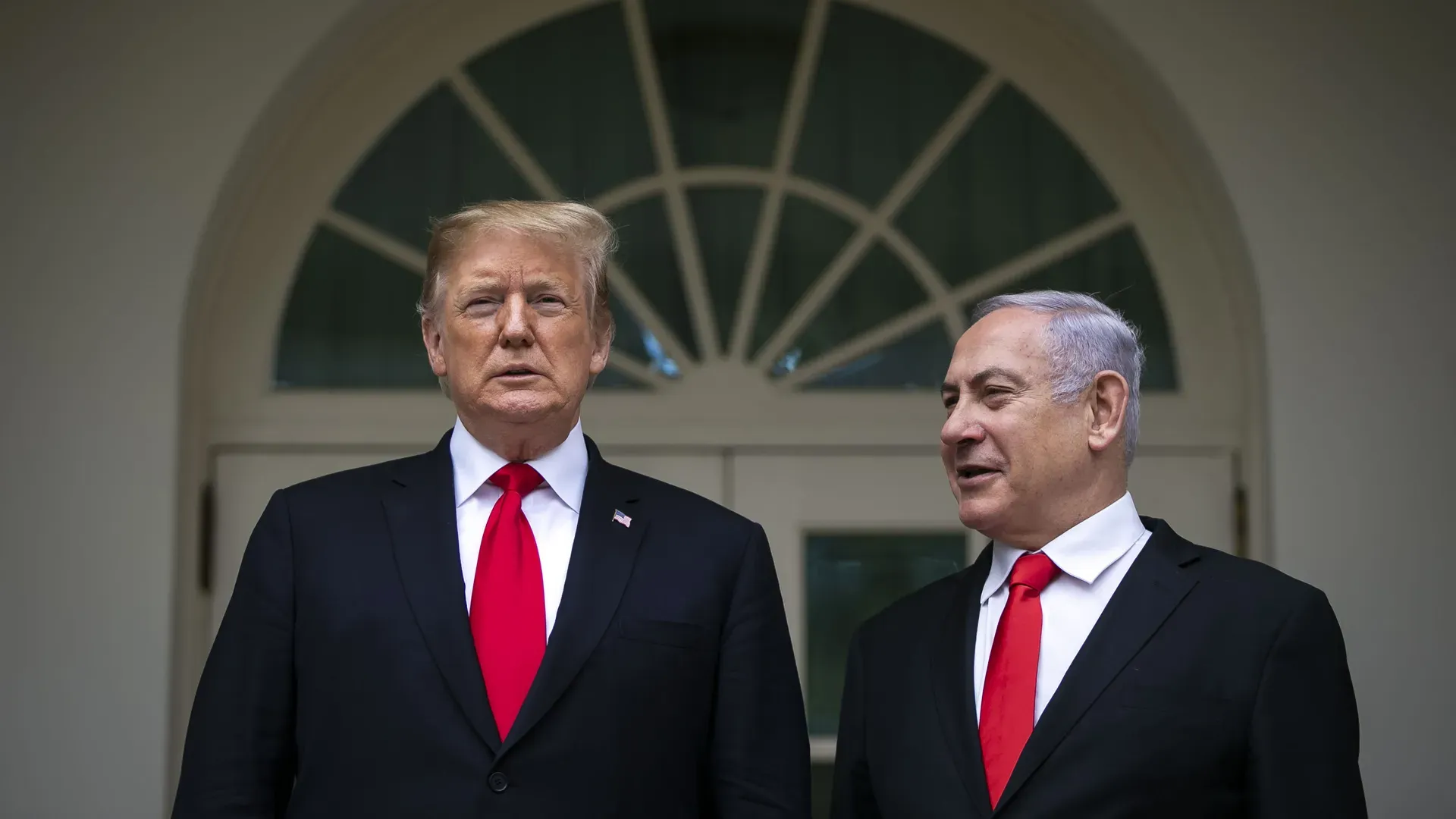
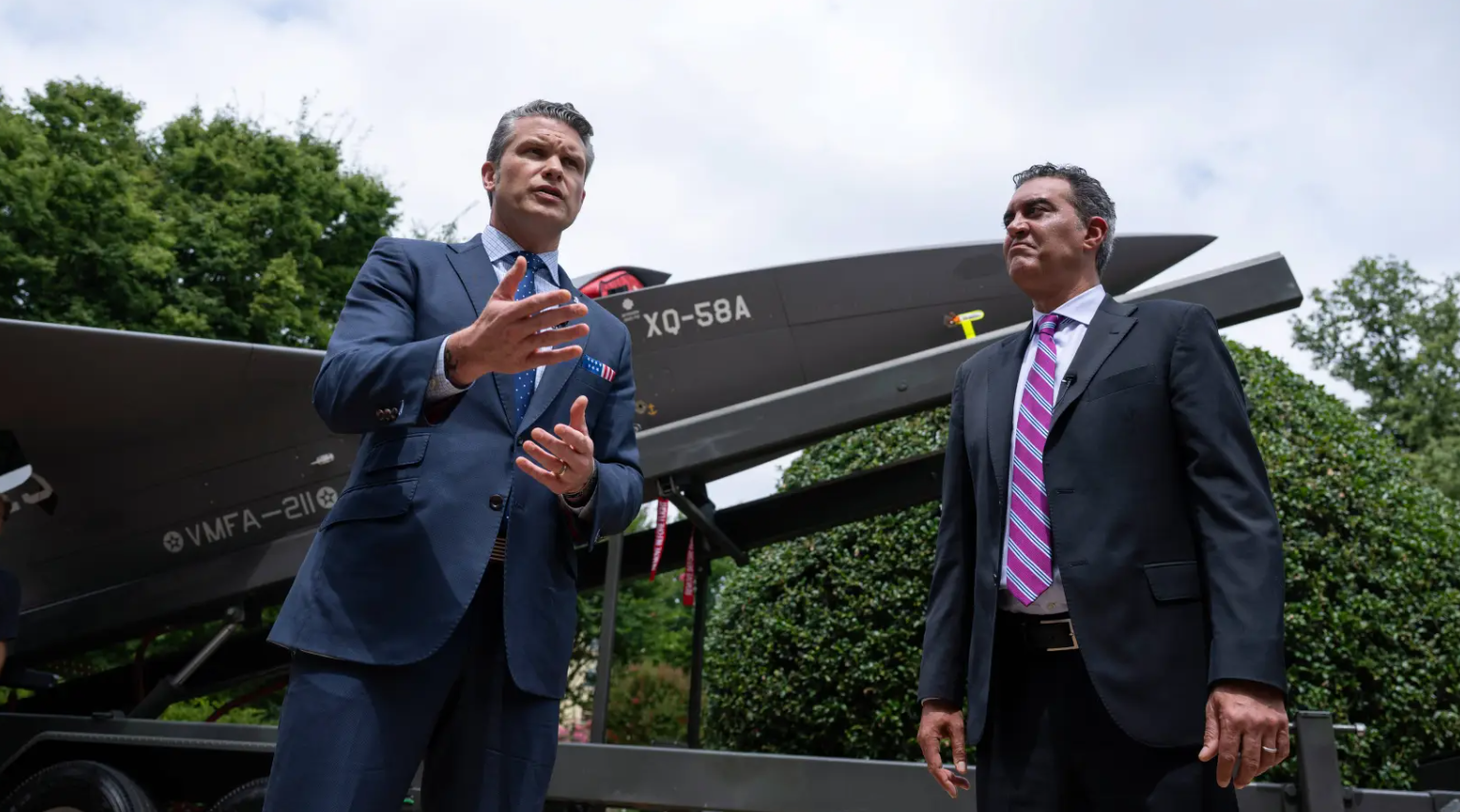


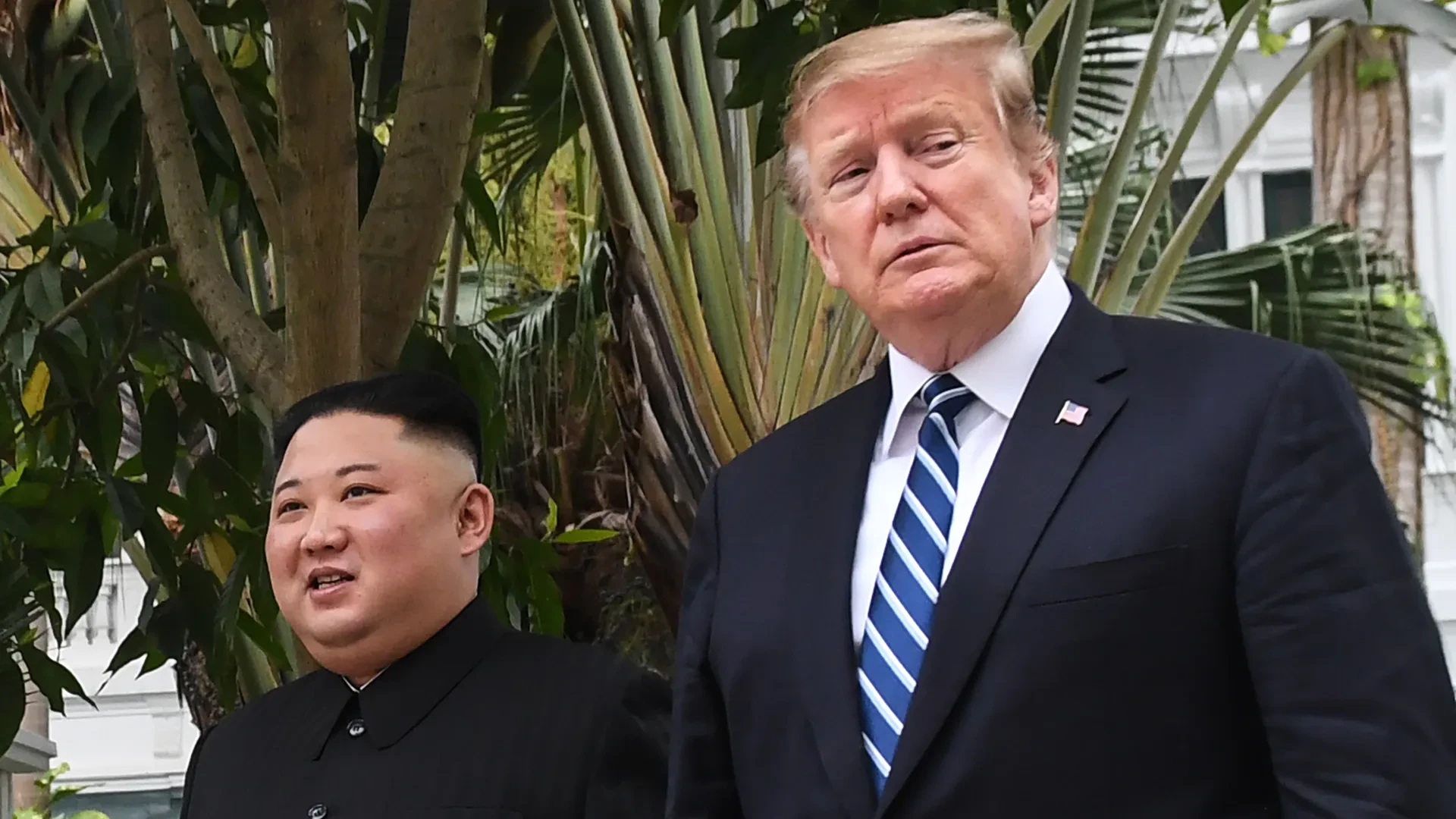
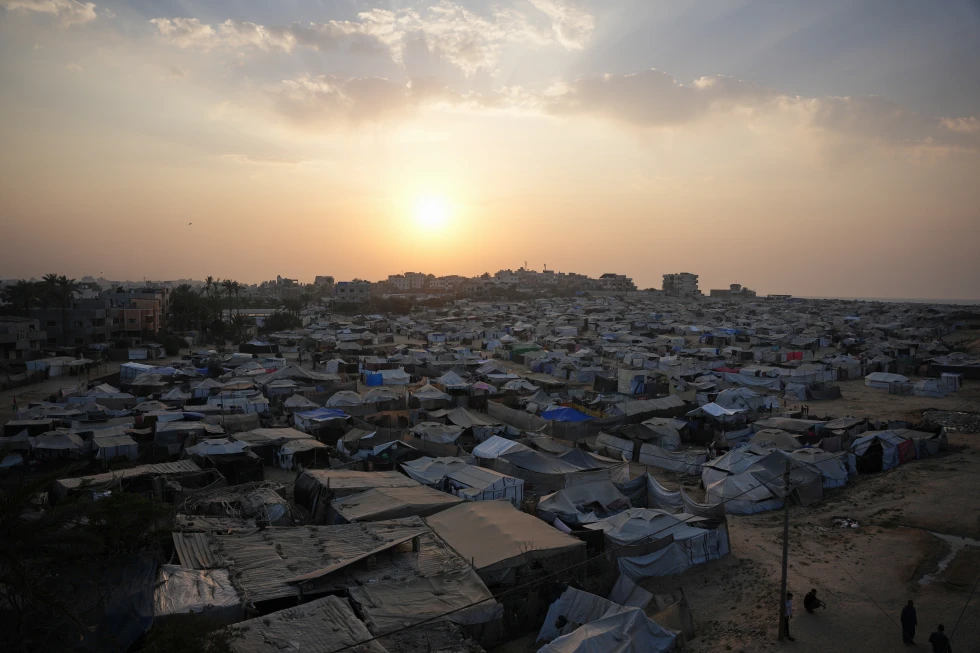
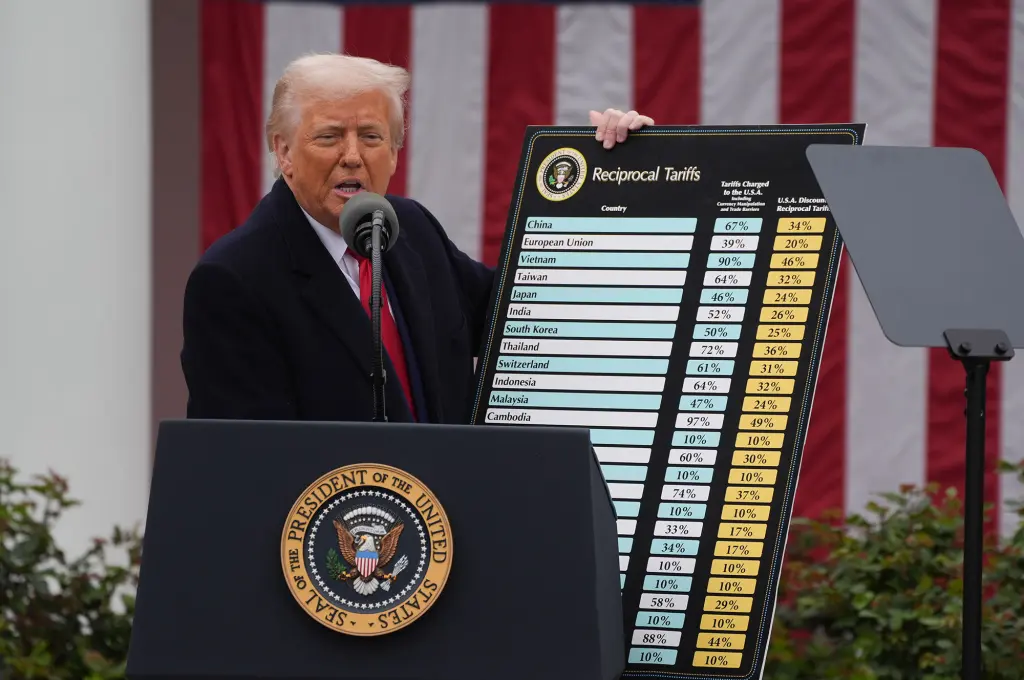
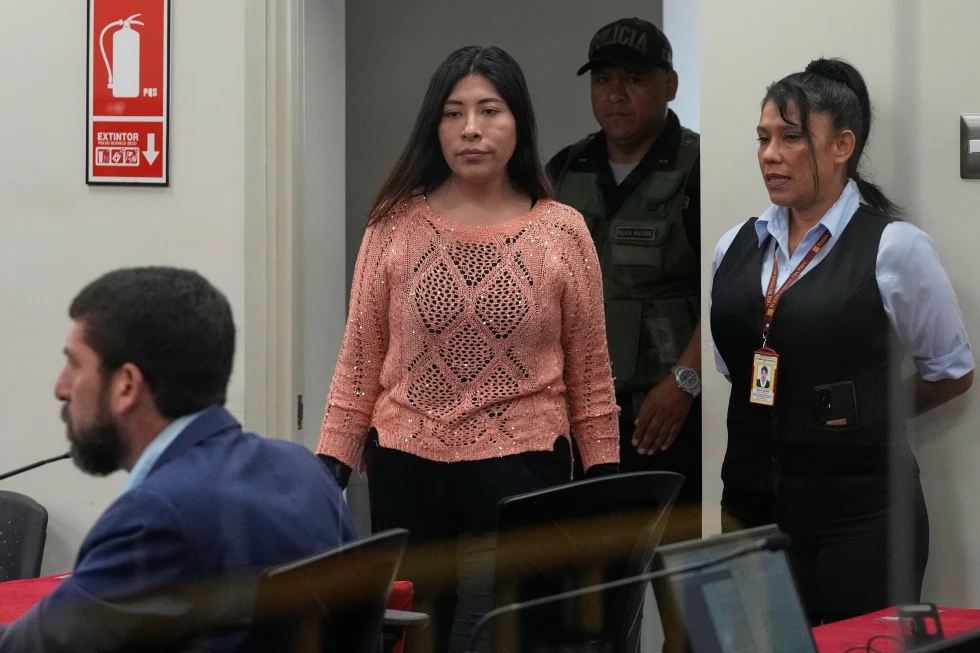
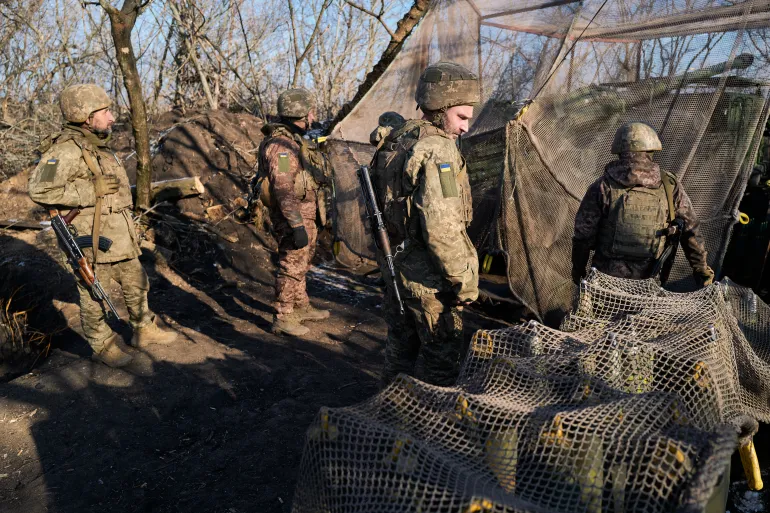

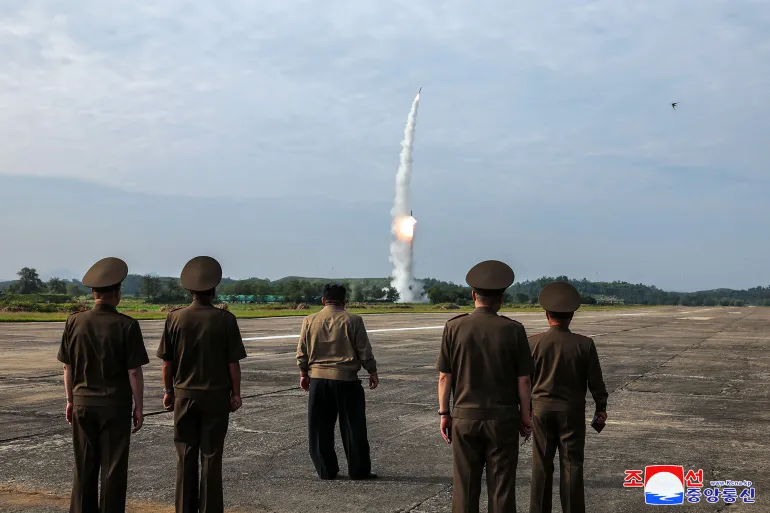

Discussion